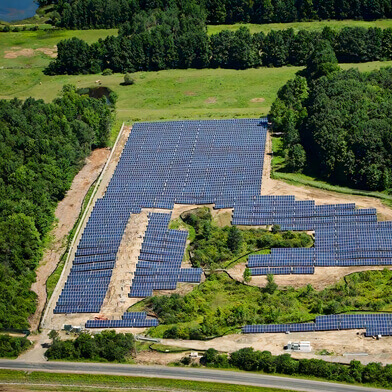Capitalize on Solar+ Solutions with a
Highly-Integrated Nationwide Service Provider
Custom, award-winning designs for canopy and rooftop solar+ DERMS
Site, cost, carbon and yield optimization with big data + AI
Market-leading developer of community, virtual and utility-scale solar+ storage
Investment funds delivering promised returns for 15+ years
Distributed Sun's Track Record of Success
in the Pipeline
deployed IN
at Work
by the Sun
Market Innovators
Working Alongside Industry Leaders
Much like our approach to services, what we deliver to customers and investors is defined by over a decade of work and history, from market-defining initiatives to award-winning installations.
DSUN is continually reinventing what it means to build a distributed and resilient energy grid for an electrified world.
Explore the integration of solar and adjacent energy technologies such as energy storage, microgrids, and EVSE in our diversified portfolio
Stay In the Know with Distributed Sun
A Reputation that Speaks for Itself
Our record of best-in-class service across corporate, community, and utility-scale solar
Connect with Us
Deploy solar wherever the sun shines and shape the future of energy with DSUN




